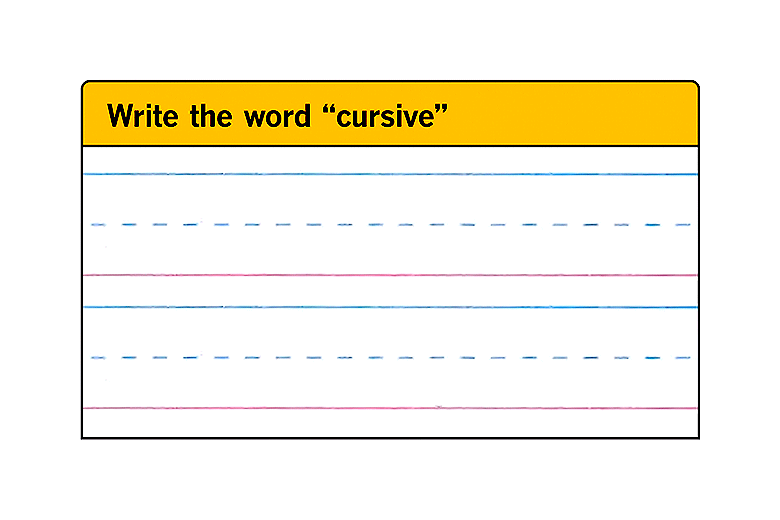From Papyrus to Post-Its
- Share via
Think your office equipment is dated? You’re right. Many of the tools of the “modem” office date back decades, even centuries. From the abacus to the Apple, here’s a desktop view of five millennia of paper-pushing.
3000 BC: First writing systems appear in the Middle East and China. Babylonians develop the abacus, the ancestor of modern calculators and computers.
1800 BC: Egyptians invent papyrus. Royal scribes are among the first office workers.
2500 BC: Chinese develop ink from glue vapor and aromatic substances.
2nd century BC: Animal skin parchment appears in Asia Minor.
2nd century AD: Chinese produce paper from plant fiber paste.
1440: German printer Johann Gutenberg develops movable type.
1602: Englishman J. Willis develops the first modern shorthand.
1642: Frenchman Blaise Pascal builds the first mechanical adding machine.
1750: Portuguese physicist invents the rubber eraser.
1773: Englishman James Watt invents the first duplicating machine to cope with burgeoning business correspondence at his Birmingham factory.
1795: Frenchman Jacques Conte invents the modern pencil.
1806: Englishman R. Wedgewood patents carbon paper.
1874: New York-based Remington & Sons markets the first commercial typewriter.
1876: Alexander Graham Bell invents the telephone.
1877: Thomas Edison invents the phonograph, the first practical device for recording and reproducing sound. He will later adapt the technology to produce the first office dictation machine.
1879: Thomas Edison gives world the electric light.
1880s: More than 400 fountain pen patents are registered.
1886: William Seward Burroughs develops first commercially successful adding machine.
1898: Valdamar Poulsen of Denmark builds first magnetic recorder, the forerunner of audiotape recording.
1906: American law clerk G.C. Beidler patents the photocopy machine.
1921: Filofax system of time management is born.
1924: Electric printing calculator is introduced.
1925: The modern fax emerges with the Belinograph, a French device to convert images into transmittable electric impulses. An engineer at 3M invents Scotch tape.
1933: IBM introduces the “Electromatic” electric typewriter.
1938: Xerography, an electrostatic copying process, is invented by American Chester Carlson. Hungarian Laszlo Biro invents the ballpoint pen.
1941: First truly electronic computer is built for the British government at Manchester University. It will help break Axis codes during World War II.
1946: First mobile phones is introduced.
1949: Bell Telephone Laboratories introduces traditional black, rotary-dial desk model telephone.
1951: Rolodex “Rolomatic” is introduced. Texan Betty Nesmith starts cooking up typewriter correction fluid in her kitchen. The cottage industry will eventually become Liquid Paper Corp.
1958: Microchip is invented.
1959: First commercial Xerox copier is introduced.
1961: IBM introduces the Selectric typewriter.
1969: Arpanet, the “mother of the Internet,” is begun as a U.S. government experiment linking researchers with remote computer centers.
1970: Floppy disk is introduced for computer data storage.
1972: First pocket calculator, the TI-2500, is introduced by Texas Instruments.
1974: 3M develops Post-It Notes.
1975: IBM introduces laser printer.
1977: Steve Jobs and Steve Wozniak begin marketing the Apple II, the world’s first personal computer.
1981: IBM introduces its personal computer, based on an operating system developed by Microsoft.
1984: CD-ROM is introduced. Apple begins marketing the Macintosh.
1985: Microsoft develops Windows operating system for the IBM PC.
1994: Netscape Navigator browser is unveiled.
1997: An estimated 50 million-plus Americans have Internet access.
*
Sources: World Almanac Book of Inventions; Inventive Genius; 100 Inventions That Shaped World History; Cooper-Hewitt, National Design Museum, Smithsonian Institution






